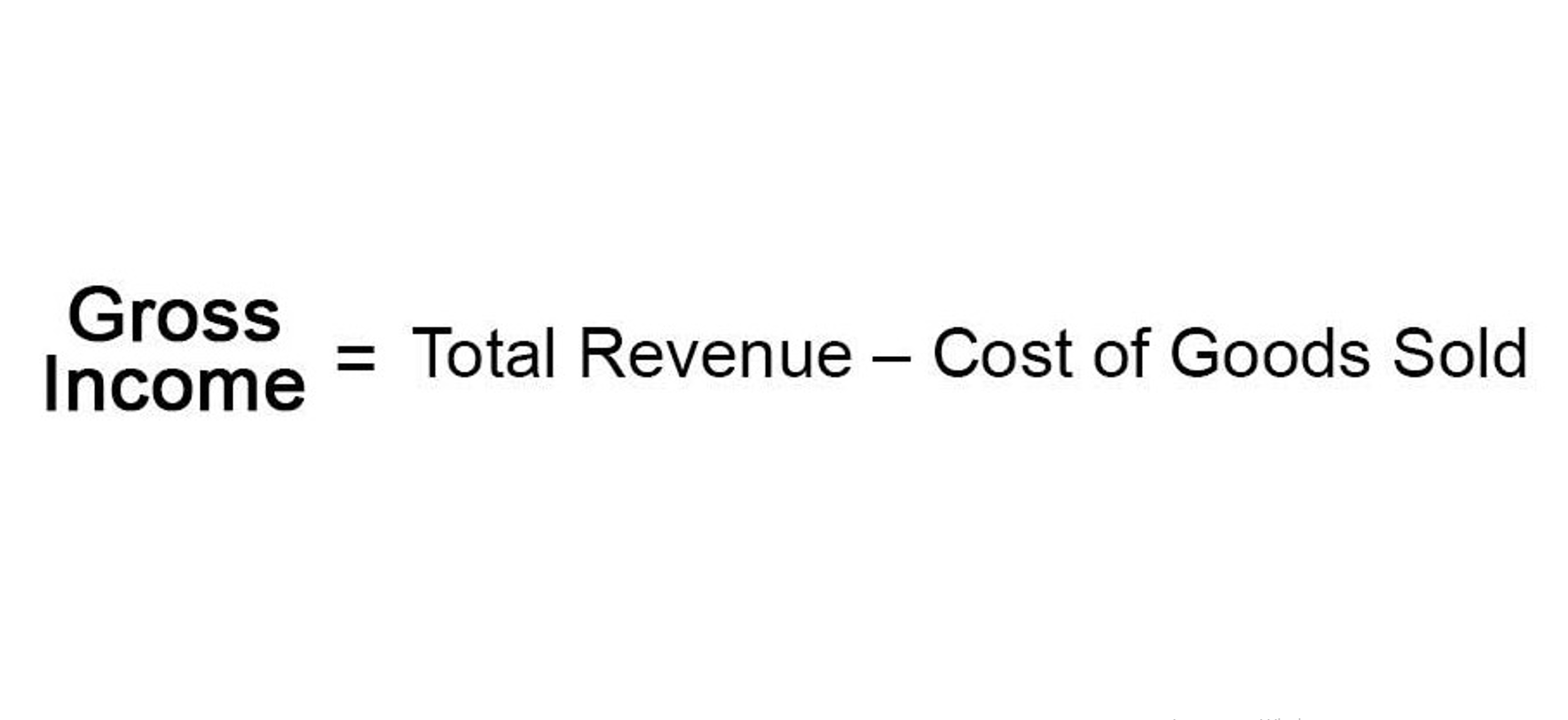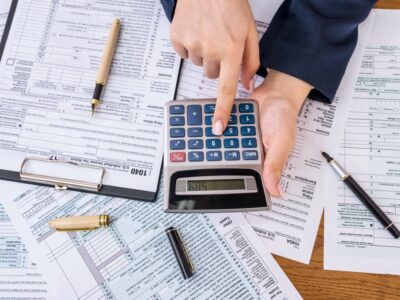
The straight-line method assumes that the property will last for an equal amount of time and uses a single rate to calculate the deduction. Electronics and software can depreciate because they have a finite life and are subject to wear and tear. Vehicles, fixtures, fittings, and buildings can all depreciate because they undergo wear and tear over time. Machinery and equipment can depreciate because their useful life is longer than most other assets. Additionally, understanding depreciation can help businesses accurately calculate their taxable income each year. When calculating taxable income, businesses must subtract the amount of depreciation they are claiming from their total profits.
What’s the best way to determine which assets can be depreciated and which can’t?
This reflects the declining value of assets over time, providing stakeholders with accurate financial information and aiding in decision-making processes. Depreciation plays a crucial role in both financial reporting and tax planning. For financial reporting purposes, depreciation helps businesses accurately depict their financial health by matching the cost of assets with the revenues they generate over time. The non-depreciation of assets can have a profound effect on a company’s financial ratios, which are key indicators used by investors, analysts, and management to assess financial health and performance. Since non-depreciable assets like land and art remain on the balance sheet at their historical or revalued cost without being reduced by depreciation, the total asset base remains higher.

Practical Applications in Business

The intrinsic value of these items tends to increase over time, making depreciation an inappropriate accounting treatment. Instead, these assets are often revalued periodically to reflect their current market worth. Yes, a specific type of accountant known as a depreciation accountant specializes in understanding the concept of depreciation and how it affects a company’s finances. However, these methods do not necessarily reflect an asset’s actual economic value or usage pattern more accurately than straight-line depreciation. The most common depreciation methodology used is the straight-line depreciation method.
Which accounts are typically excluded from the balance sheet’s depreciation schedule?
Instead, their value may fluctuate based on market conditions, legal status, or other external factors. Ultimately, it is crucial to understand all available options and choose one that best suits your needs. This characteristic often comes with physical assets like equipment, but it can also apply to intangible assets like patents or software licenses. The decline in value is because the asset no longer has any use in the current economy. depreciable assets As a result, there’s less demand for it, and its worth falls below what was initially paid.

It’s used in accounting to record the cost of an asset over its lifetime, and it affects how much money a company pays out in retirement benefits, for example. cash flow Depreciation can also impact taxes, as depreciation deductions reduce taxable income. However, potential gains from selling non-depreciable assets may be subject to capital gains tax. Property investments may lead to significant tax liabilities based on the appreciation in value. Careful planning around these assets is necessary to assess their complete tax impact.

- This article examines the types of assets that can depreciate and those that cannot and why they may or may not be eligible for depreciation.
- The low-cost items having a short lifespan are mostly recorded as business expenses.
- Organizations use methods like straight-line or declining balance to allocate the asset’s cost over its estimated useful life.
- This article delves into alternative approaches for accounting for non-depreciable assets, offering insights into impairment testing, investment valuation, and inventory management strategies.
- The IRS has laid out strict guidelines for you to use to determine when an asset can’t be depreciated and when it can.
Understanding their characteristics helps in accurately accounting for and managing these resources. Unique assets, such as collectibles, artwork, and library books, possess characteristics that often exempt them from depreciation. Their value may appreciate significantly over time due to rarity, demand, and market conditions. Artwork can be particularly volatile, with appraisals varying widely based on current trends in the art market.
Tax Treatment of Non-Depreciable Assets
Their presence can significantly affect a company’s valuation and perceived financial health. This process, similar to depreciation, spreads the cost of an intangible asset over its useful life, based on its expected contribution to future revenues. Asset depreciation rules have been under review lately due to changing accounting regulations. Depreciation is a method for spreading out deductions for a long-term business asset over several years.
Depreciation In Cost Accounting: What Is It And Why Does It Matter?
Strategic planning around the timing of asset sales and the use of tax deferral mechanisms can help mitigate the impact of capital gains tax. Moreover, the absence of depreciation expenses for these assets influences the income statement. Depreciation is a non-cash expense that reduces taxable income and reported earnings. Without this expense, a company’s net income appears higher, which can be attractive to investors and analysts. However, this also means that the company may Car Dealership Accounting face higher tax liabilities, as there are fewer deductions to offset taxable income.
- Accountingo.org aims to provide the best accounting and finance education for students, professionals, teachers, and business owners.
- Long-lived assets with indefinite useful lives, such as goodwill and certain intangible assets, are subject to impairment testing to ensure their carrying value aligns with their recoverable amount.
- Businesses should track depreciation carefully to maximize available tax deductions.
- Land, for example, has an indefinite useful life and does not experience physical deterioration, making it ineligible for depreciation.
- Hospitality accounting software Specialized fixed asset hospitality accounting software (specifically the industry leader AssetAccountant), is important for the broader hospitality …
Depreciable assets must be listed on tax forms using IRS guidelines, specifically Form 4562 for depreciation and amortization. The depreciation and amortization of assets carry significant implications for financial health and reporting. These expenses reduce net income on the income statement, providing a clearer picture of operational costs. This yearly expense also reduces taxable income and should be tracked meticulously to maintain accurate financial reporting. Depreciation accounts for the wear and tear of tangible assets over their useful life.